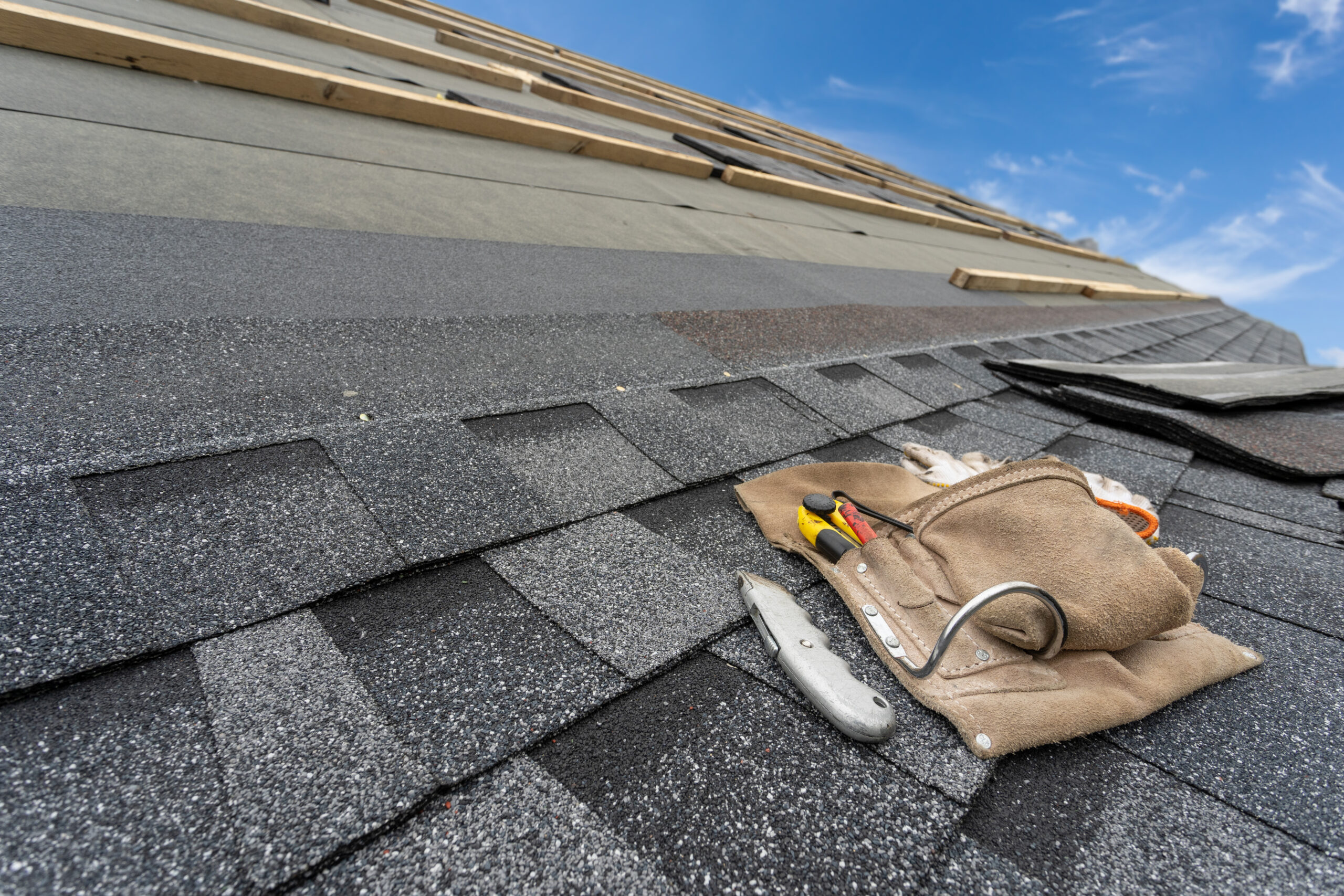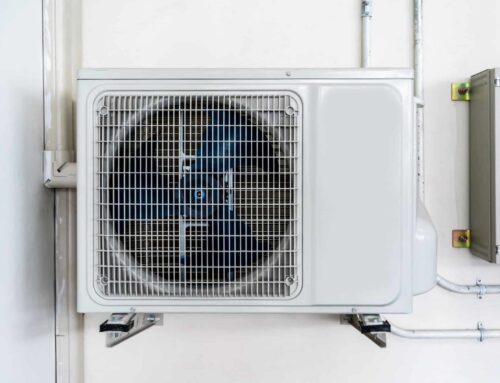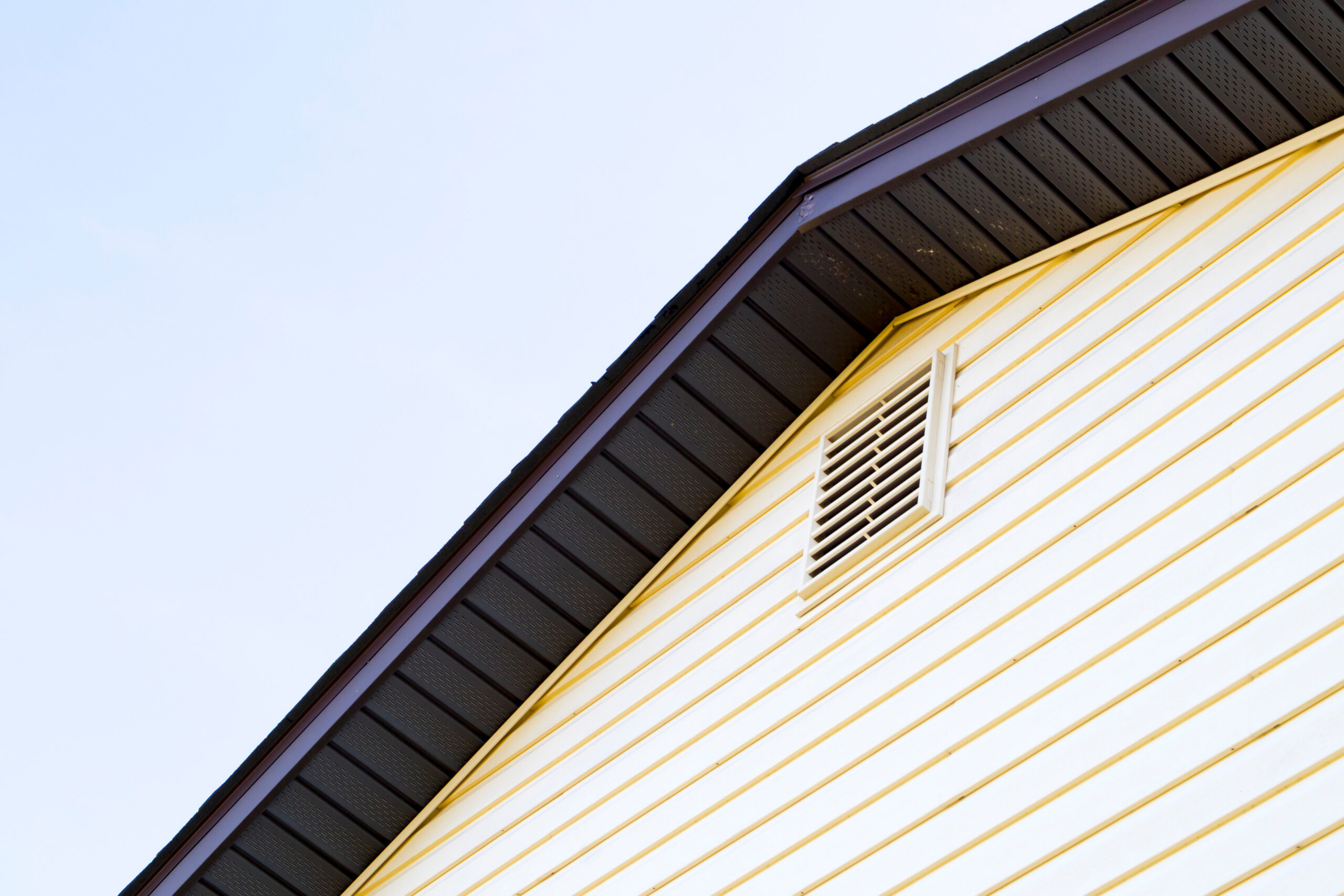A Comprehensive Guide to Commercial Demolition
When it comes to Commercial Demolition, precision, expertise, and safety are paramount. Just Quality Construction presents a comprehensive guide that takes you through every step of the commercial demolition process. From meticulous planning to the execution of controlled demolition, our guide provides valuable insights and expert advice to ensure your demolition project is a









